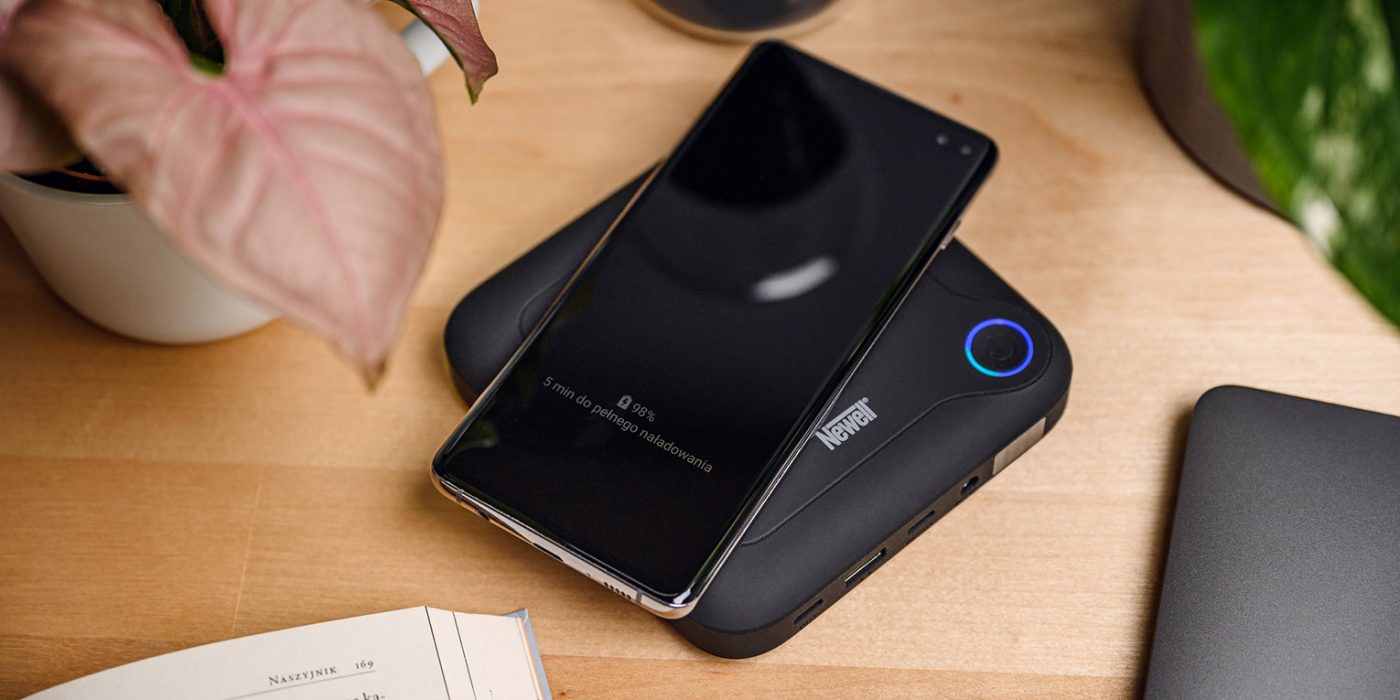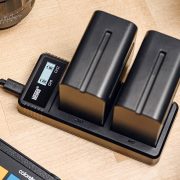Wireless charging of devices is a technology that does not allow us to replenish energy from a distance of several meters, but it already significantly facilitates our daily functioning by minimizing the number of cables surrounding us. Special stands or power banks allow the smartphone placed on them to simply start charging. No more plugging in cables and tangled wires! Today we will look at inductive charging technology (because that’s what it’s called). We hope that after reading this text you will be aware of what device you need and it will be easier for you to choose it.
Inductive charging technology today is not only the Qi supporting sockets, an interface standard developed by the Wireless Power Consortium. They are also offered by smartphones that allow you to charge other smartphones, office lamps or power banks. All this to make workstations more ergonomic, and the loading itself even more efficient and less invasive. So let’s start our journey through the world of induction with a brief explanation of how it all works.
How does inductive charging work?
Although wireless charging may remind us of science fiction movies, the beginnings of research on magnetic induction date back to the first half of the 19th century. It was the discoveries of Hans Christian Oersted and Michael Faraday that allowed us to develop innovative chargers as we know them today.
Electromagnetic induction is something you must have learned in physics in school. Inductive charging is possible thanks to electromagnetic coils (i.e. specially coiled wires) – transmitting and receiving. They are located both in the charger and in the device we want to charge. They create an electromagnetic field. An electromagnetic charge is created in close proximity between the coils. One coil receives energy from the other, which goes to the battery in the form of alternating current. The distance between the transmitting and receiving coils must be as short as possible. The intensity of the current may change with changes in the position of the device being charged on the inductive charger.
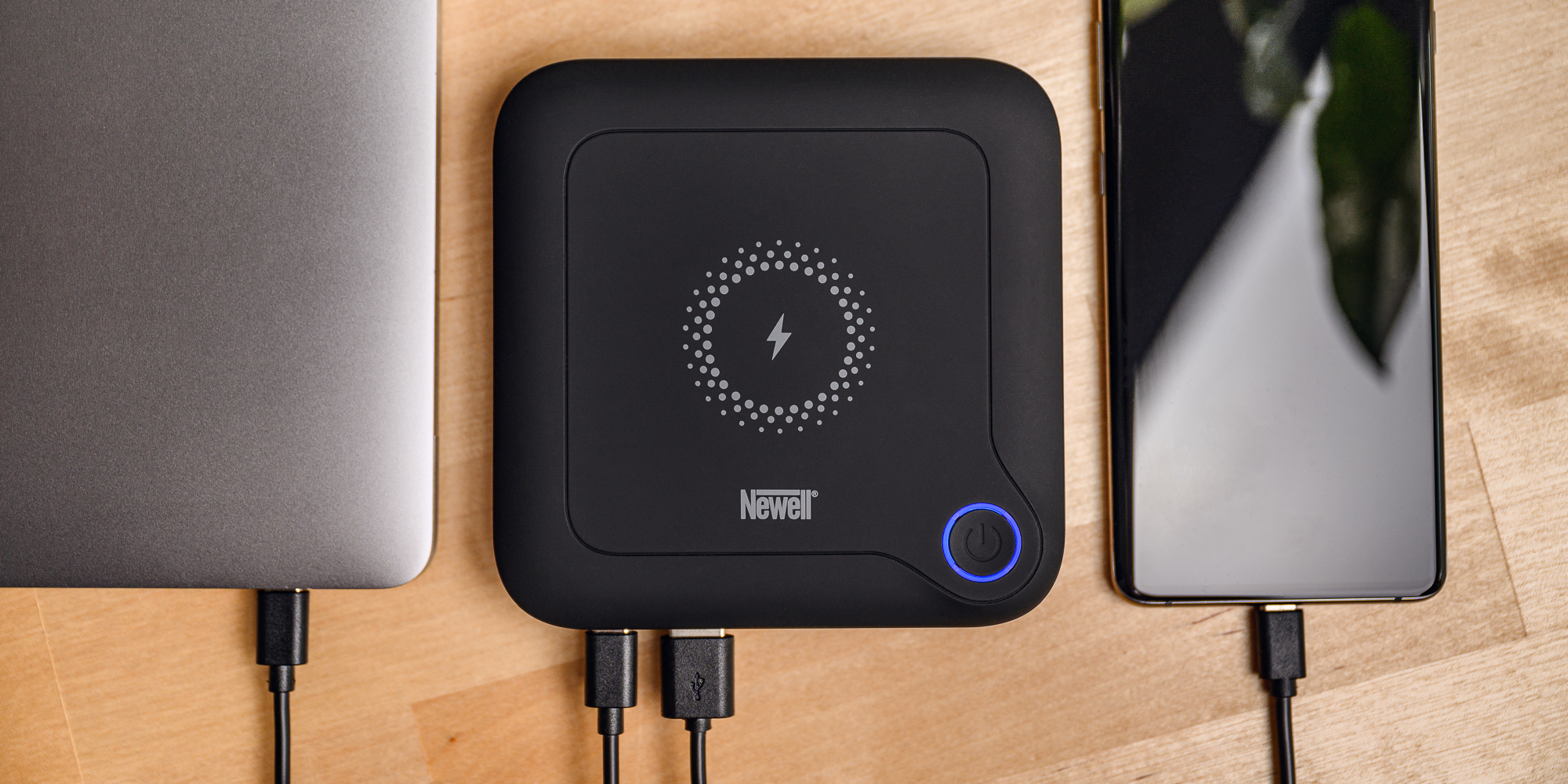
Wireless charger: advantages and disadvantages
However, the puzzles of physics do not interest pragmatists who simply want to get rid of cables. So let’s move on to the practical advantages and disadvantages that come with inductive charging. Let’s start with the best, i.e. the convenience of using wireless solutions. Loosening cables, looking for sockets, moving chargers between different places are all the charms of traditional methods of charging smartphones, cameras, laptops and other devices. Inductive charging involves aesthetic stations or stands that are always waiting for us in the same place. The devices are within sight and by inductively charging, they often become an ergonomic element of the workplace. It is also worth mentioning the universality.
The most popular Qi standard today, which can be found in thousands of modern devices, will simply be compatible with all the gadgets that accompany us, no matter if they work with a USB, USB-C, micro-USB or Lightning plug when charging with cables! For many people, the modern design of induction chargers or power banks will also be a big advantage. They are usually just beautifully designed! Safety is also important. Inductive charging means fewer plugs and connectors. If there are children and pets in our workplace, it will definitely be a safer option.
As is usually the case, we cannot have everything unfortunately. When choosing wireless charging, we have to make some compromises. Using this form of energy replenishment in our devices is associated with a longer charging time. The current must first be converted into an electromagnetic field when, in the case of conventional cables, it is simply passed to the device in question. For some devices, the charger may also heat up, which is also worth paying attention to. The last disadvantage of using inductive charging is limiting the movements of, for example, a charged smartphone. When the smartphone is charged on the cable, we can still operate it as freely as possible. In the case of an inductive charger, it must remain in one place, so it is worth choosing one that will fit well in our workplace.
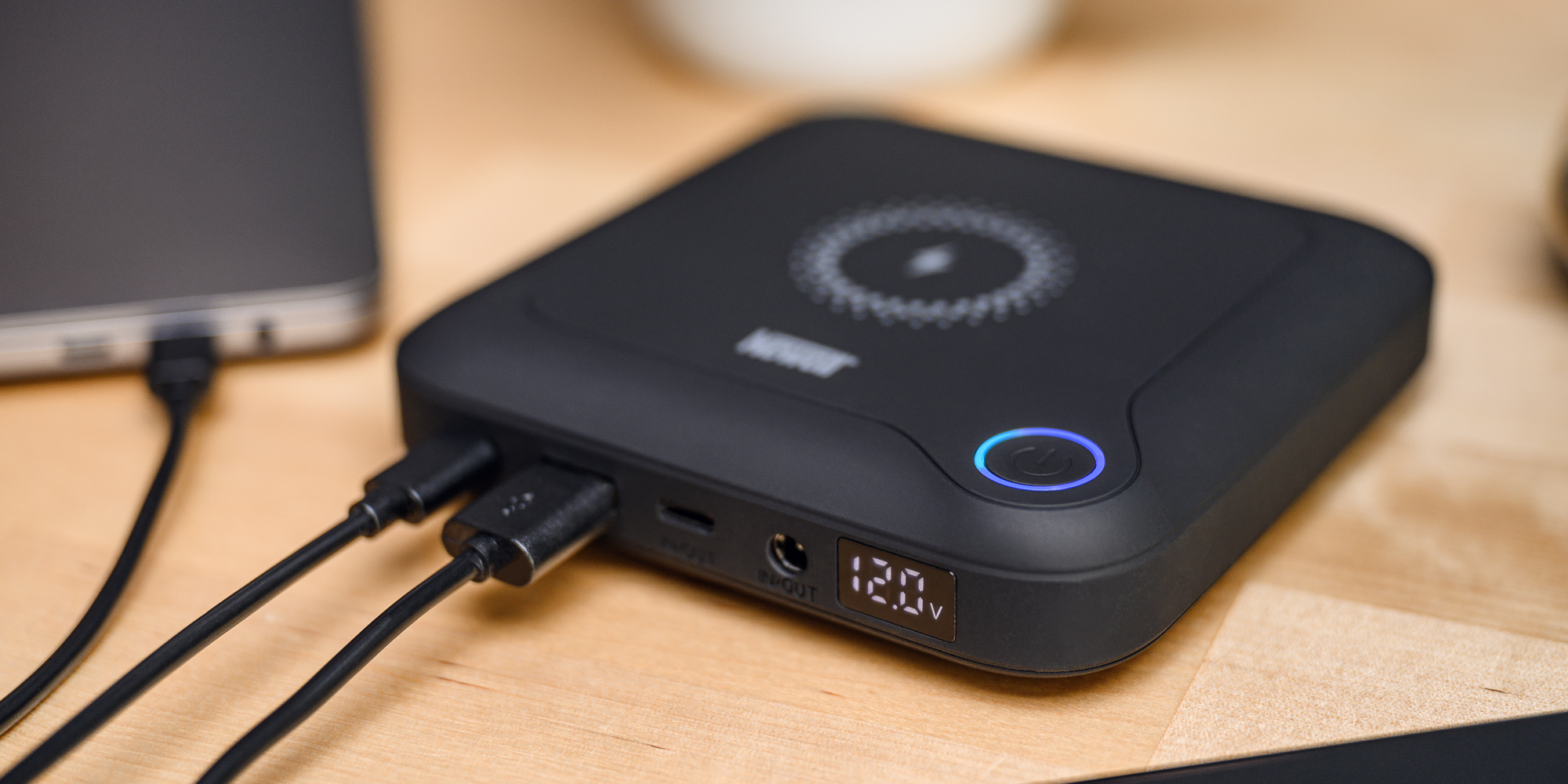
Can my smartphone be inductively charged?
It is worth remembering that not every device allows you to use inductive charging. As you already know, there must be a suitable coil in it. Currently, the most popular wireless charging standard is Qi. So it’s worth checking if your smartphone or other device supports this solution. It is used by the largest electronics manufacturers (including players such as Apple, Huawei or Samsung), so there is a good chance that a relatively new device you have may already have the appropriate components installed.
Did you check it and it turned out that your smartphone does not support the Qi standard? Nothing is lost. There are special adapters on the market that are so flat that they can be easily glued to the back of the smartphone and hidden under a protective case. A small cable plugs into the charging socket and this is where the energy received by the coil is directed.
What to look for when buying a charger or power bank with wireless charging?
When looking for a charger or a power bank with inductive charging, it is worth paying attention primarily to the power, which translates into charging speed. Such devices will allow you to conveniently charge smartphones, tablets, wireless headphones, laptops, cameras, sports cameras, drones, portable game consoles, smart watches and many other devices. In the case of chargers, both those lying flat on the table, as well as those placed at an angle, it is worth taking a look at the RAVPower brand offer. In the case of many models, thanks to the modern Fast Charge technology, 2.5 hours are enough to fully charge the smartphone. Their chargers also have an LED indicator that will inform you about the status of the device. They guarantee stable and effective charging, and completely eliminate the possibility of the so-called blind spots, i.e. places where the induction stops working.
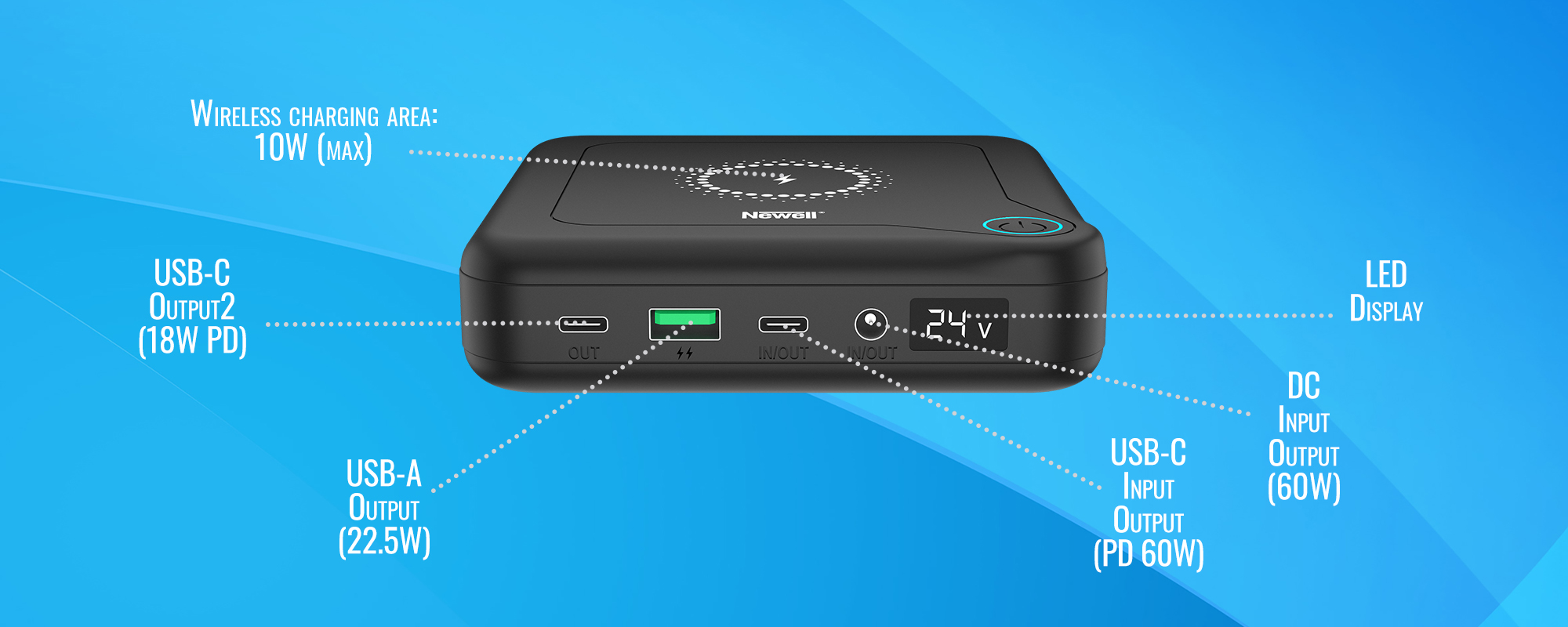
Or maybe you want mobility and access to inductive charging without connecting to a socket? Then it is worth putting on a power bank that allows wireless charging. Our flagship Newell GP12 24000 mAh PD 60 W model will provide a power reserve even for a trip of several days, while taking up very little space – both during transport in a bag or backpack, as well as in a workplace created by you anywhere. This device supports fast charging technology via the USB-C port, which allows you to charge the smartphone’s battery from 0% to 100% in less than 2 hours! With Newell GP12 you can forget about traditional charging from the socket for many hours!
Do you have questions about inductive charging or similar solutions from Newell? Email us or leave a comment on social media. We will be glad to help you!

